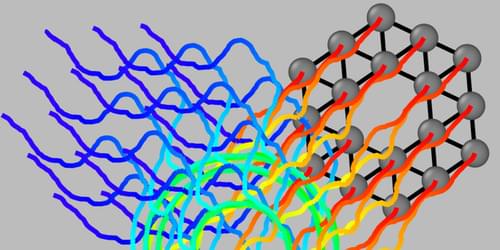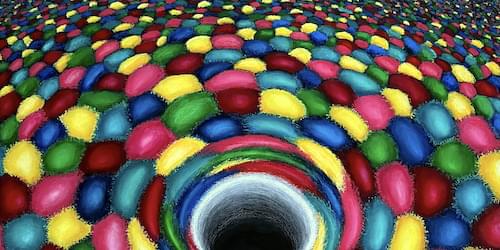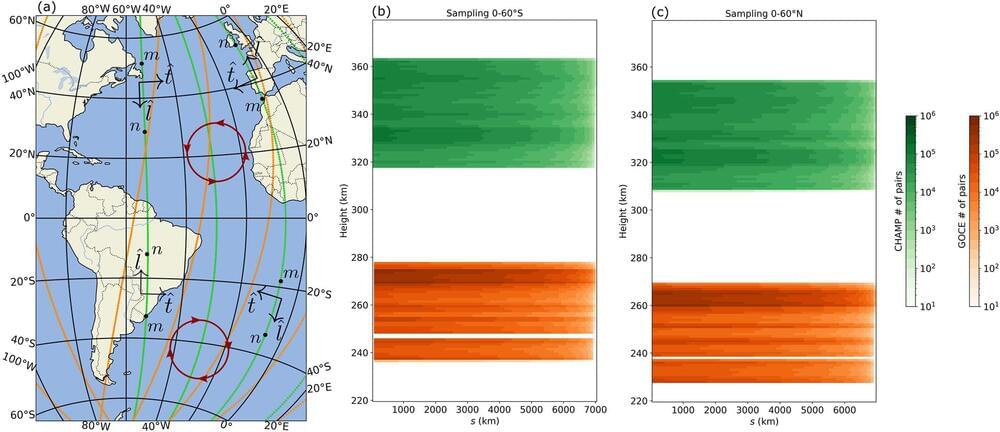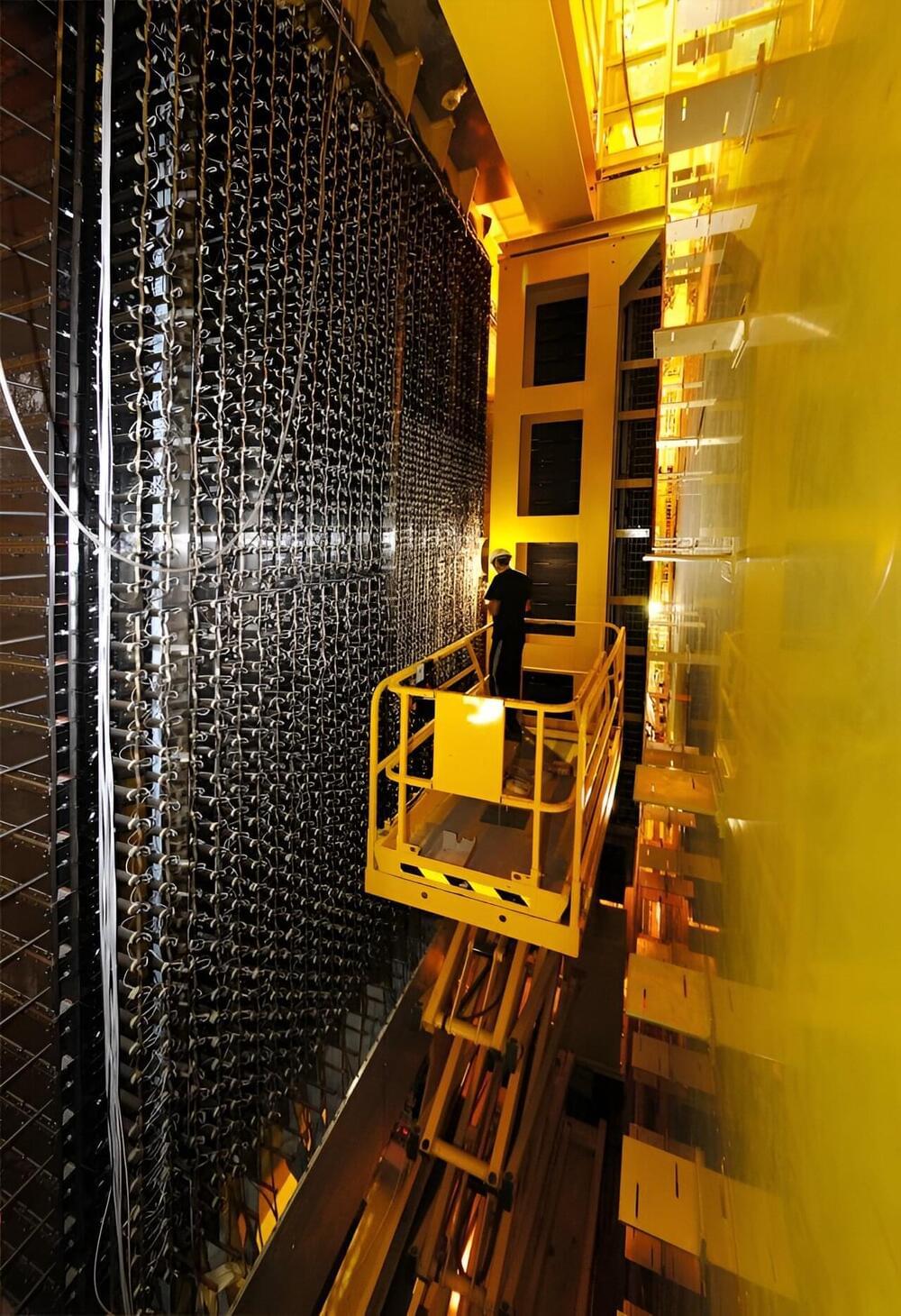Memphis may get most powerful super computer yet.
Memphis, Tennessee, may host the world’s largest supercomputer, the “Gigafactory of Compute.”:
The Memphis Shelby County Economic Development Growth Engine (EDGE), Tennessee Valley Authority (TVA), and governing authorities hold the key to finalizing the project. If approved, it would be the largest investment in Memphis history.
According to Memphis Mayor Paul Young, the city boasts “an ideal site, ripe for investment,” coupled with a skilled workforce that can “keep up with the pace required to land this transformational project, the Business Insider reported.
The supercomputer itself is expected to be a technological marvel. It will be powered by 100,000 Nvidia’s H100 GPUs, currently some of the most sought-after chips in the AI industry, as reported by The Information.








